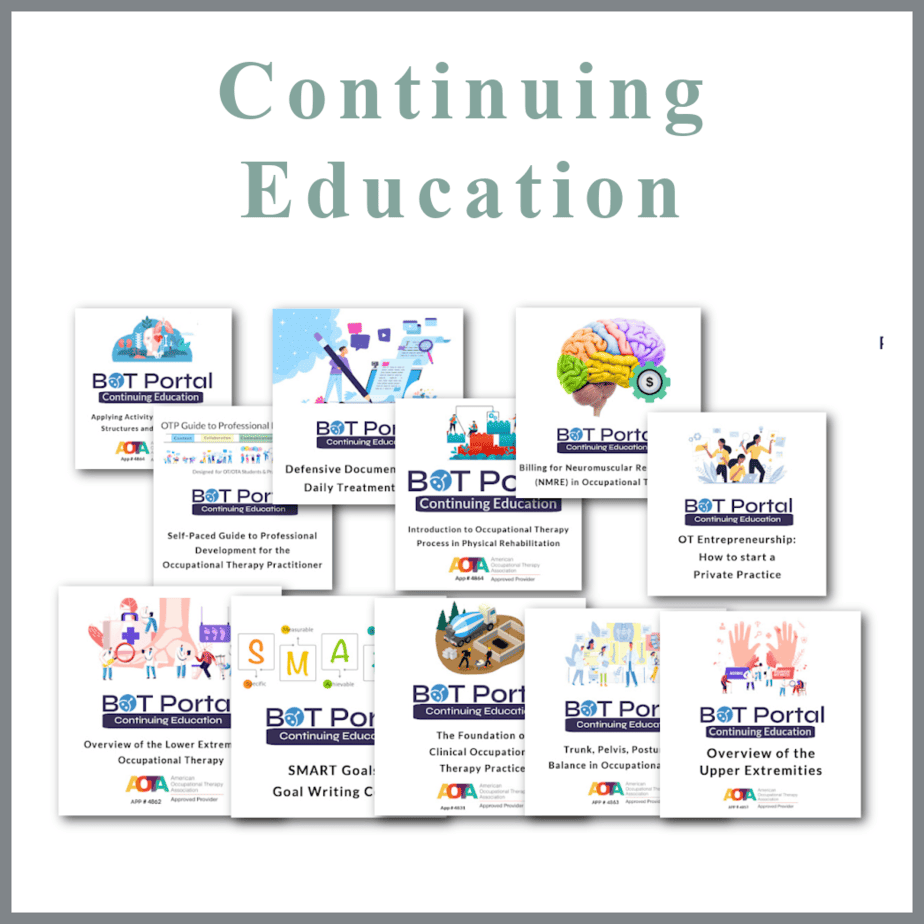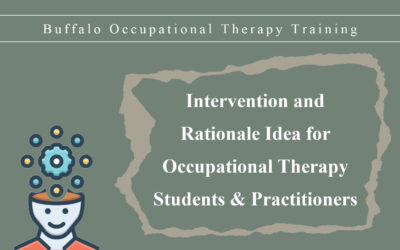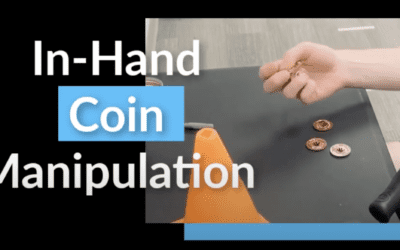
Obstacle Courses for Occupational Therapy
General:
Using obstacle courses is a great way to provide a seamless transition between the remediation of numerous performance skills. You can also refer to these treatments as ‘multi-modal’.
How should you approach using Obstacle Courses in Occupational Therapy?
Designing a strong occupational therapy obstacle course requires careful consideration of the individual’s specific body functions, limitations, and pathologies.
Assessment and Evaluation: Begin by conducting a comprehensive assessment of the client’s physical abilities, functional limitations, and areas of impairment. Consider factors such as strength, flexibility, balance, coordination, endurance, and sensory processing. Identify any specific pathologies or conditions that may impact the client’s performance and safety during the obstacle course.
Set Clear Goals and Objectives: Based on the assessment findings, establish clear and measurable goals for the obstacle course that align with the client’s rehabilitation needs and therapeutic objectives. Define specific skills or abilities that the client will work on improving through participation in the course, such as balance, coordination, agility, motor planning, or problem-solving.
Select Appropriate Obstacles: Choose a variety of obstacles that target different body functions and address the client’s specific pathologies or impairments. Consider obstacles that challenge balance, proprioception, strength, range of motion, cognitive skills, and sensory processing. Examples of obstacles may include balance beams, stepping stones, agility ladders, hurdles, ramps, tunnels, cones, or sensory stations.
Modify Obstacles as Needed: Adapt and modify obstacles to accommodate the client’s individual needs, abilities, and limitations. Use equipment such as balance pads, stability balls, foam rollers, or assistive devices to provide support and enhance safety as necessary. Adjust the height, width, or difficulty level of obstacles to ensure they are appropriate for the client’s current functional level and rehabilitation goals.
Incorporate Multi-Function Properties: Integrate therapeutic activities and exercises into the obstacle course to address specific rehabilitation goals and target underlying impairments. Incorporate functional tasks such as reaching, grasping, lifting, carrying, bending, twisting, or squatting to promote motor skills, coordination, and strength. Use sensory-based activities such as tactile stimulation, vestibular input, or proprioceptive feedback to enhance sensory processing and body awareness.
Upper Body Challenges: Include activities like carrying weighted objects, threading ropes through holes, or manipulating small items.
Lower Body and Balance Challenges: Incorporate balance beams, stepping over hurdles, or shifting weight between different surfaces.
Executive Function and Problem-Solving: Design tasks that require decision-making, such as choosing the correct sequence to complete an obstacle or adapting to changes in the course.
Visual Perception: Use visual targets, color-coded pathways, or tasks that require tracking moving objects.
Provide Clear Instructions and Guidance: Clearly communicate instructions and guidelines for navigating the obstacle course to ensure the client understands each task and how to safely complete it. Demonstrate proper techniques and strategies for overcoming obstacles, and provide verbal cues, visual prompts, or physical assistance as needed to support the client’s success.
Encourage Active Participation and Engagement: Foster a supportive and encouraging environment that motivates the client to actively participate and engage in the obstacle course. Provide positive reinforcement, praise, and encouragement throughout the session to boost confidence, promote self-efficacy, and reinforce progress.
Monitor Progress and Adjustments: Continuously monitor the client’s performance and progress during the obstacle course, and make adjustments or modifications as needed to optimize effectiveness and ensure safety. Assess the client’s responses, reactions, and performance on each obstacle, and use this feedback to inform future treatment planning and intervention strategies.




Membership Perks
Two Membership Options!
Your investment gives you resources to save you stress, self-doubt, and burnout as you become a confident and competent practitioner who can stand up for your professional point of view and scope of practice.


